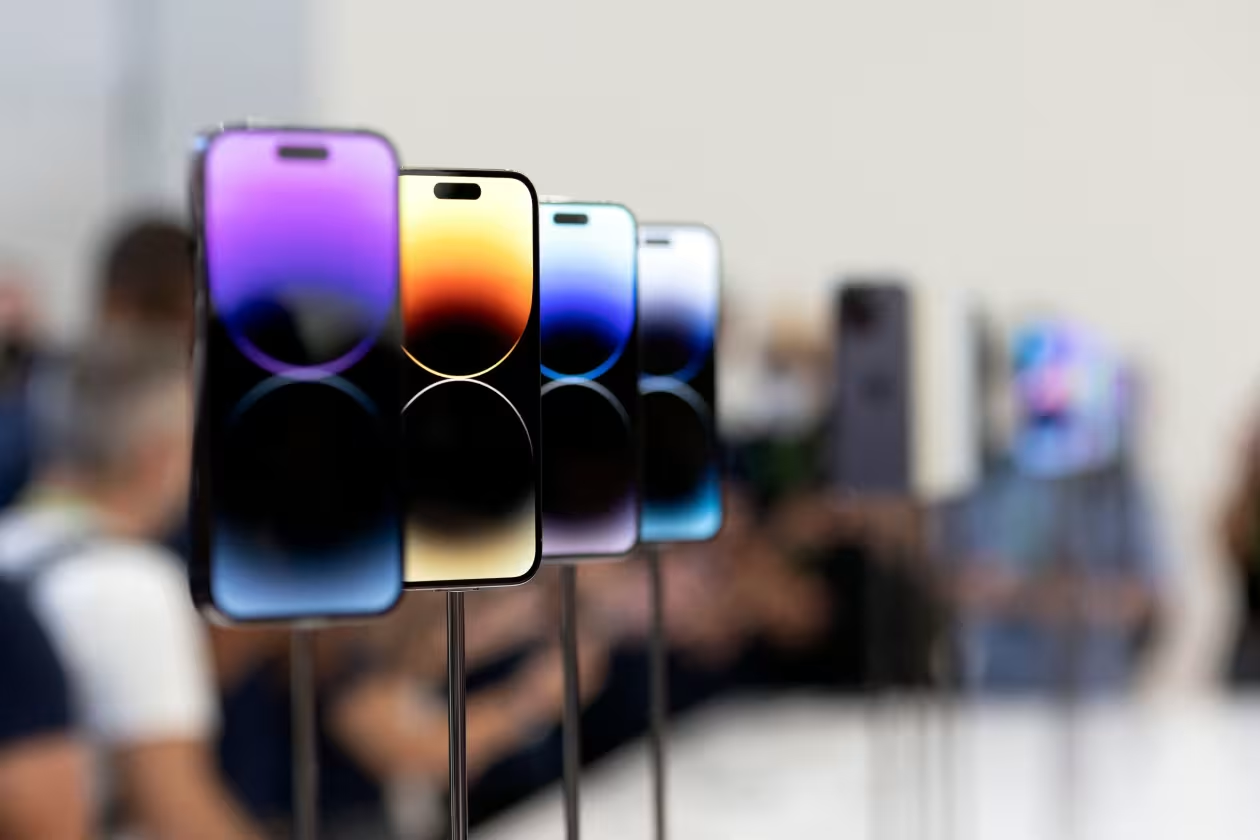
The global smartphone industry is constantly evolving, with consumer preferences shifting toward premium devices that offer cutting-edge technology, sophisticated design, and innovative features. Traditionally, Apple has enjoyed a dominant position in the super-premium segment, commanding a significant market share with its high-end iPhones. However, recent reports suggest a remarkable shift: Samsung has now overtaken Apple in the super-premium smartphone market, a trend highlighted by the latest IDC (International Data Corporation) analysis. This development signifies a notable change in the dynamics of the premium handset arena, impacting strategies of both tech giants and influencing consumer behavior worldwide.
The Rise of Samsung in the Super-Premium Segment
According to the recent IDC report, Samsung has now become a formidable player in the ultra-premium smartphone segment, even surpassing Apple’s long-standing dominance.
This shift is partly driven by Samsung’s strategic innovation, aggressive marketing, and expanding product lineup featuring the latest technology such as foldable screens, advanced camera modules, and 5G capabilities. The company’s ability to provide flagship feature sets at a competitive price point compared to Apple has resonated with consumers seeking high-quality devices without necessarily paying the premium Apple commands for its brand and ecosystem.
Factors Contributing to Samsung’s Market Shift
Technological Innovation
- Foldable Devices: Samsung’s pioneering foldable smartphones like Galaxy Z Fold and Galaxy Z Flip have set new standards in design and functionality, attracting tech enthusiasts looking for innovative form factors.
- Camera and Display Quality: Samsung’s flagship models are renowned for their display technology—including Super AMOLED screens—and versatile camera systems, appealing to users who prioritize multimedia experiences.
- Battery Life and Performance: Enhanced battery capacities and high-performance processors provide users with a seamless experience, further boosting the appeal of Samsung’s premium devices.
Strategic Market Positioning
- Pricing Offers: Samsung’s ability to offer premium devices at a slightly more accessible price point than Apple has expanded its market share.
- Global Reach: Samsung’s extensive distribution network, especially in emerging markets, has bolstered its presence in the super-premium segment beyond traditional markets.
- Brand Recognition and Ecosystem: With a broad ecosystem of interconnected devices—including tablets, earbuds, and smart home devices—Samsung provides consumers with a cohesive user experience that rivals Apple’s ecosystem.
The Implications for Apple and the Industry
This recent shift poses challenges for Apple, which has historically held a significant share of the super-premium segment. Apple’s brand loyalty, iOS ecosystem, and innovative design have served as its key differentiators. However, Samsung’s rise indicates that consumers are increasingly open to considering alternative options based on features, price, and innovative form factors.
For Apple, this means a need to innovate further, possibly diversifying its product lineup or re-evaluating pricing strategies to maintain its premium status. The competition is likely to drive both companies to push the boundaries of technological innovation and customer experience.
Moreover, the growth of the super-premium segment is expected to influence component manufacturing, research and development investments, and global marketing strategies across the industry. As Samsung continues to gain traction in markets like India and parts of Europe, its challenge to Apple is shaping a more competitive landscape where consumers benefit from more choices and technological advancements.
Market Trends and Consumer Preferences
The current trend towards premium smartphones is also influenced by a surge in consumer demand for devices that combine luxury, functionality, and innovation. The proliferation of 5G technology, foldable screens, and AI-powered camera features has elevated user expectations. Now, consumers seek devices that deliver not just extended performance but also status, style, and cutting-edge technology.
In addition, regional markets like India are witnessing rapid growth in premium smartphone adoption, driven by rising disposable incomes and increased smartphone penetration. The reports indicate that Samsung has become the leading brand in India’s premium segment, surpassing Apple for the first time. This is a testament to Samsung’s effective localization and market-specific strategies.
Future Outlook: What Lies Ahead?
Looking forward, the competition in the super-premium smartphone category is expected to intensify. Both Samsung and Apple are investing heavily in research and development to introduce innovative features that can capture consumer interest. The adoption of foldable technology, enhanced AI capabilities, and sustainable manufacturing practices will likely shape the next wave of flagship devices.
Additionally, other players such as Vivo, Xiaomi, and Oppo are making strategic moves to expand their premium offerings, further fragmenting the market and increasing options for consumers. Samsung’s recent success demonstrates that innovative hardware combined with strategic marketing can disrupt established market hierarchies.
In conclusion, the recent IDC report underlines a pivotal moment in the global smartphone industry. Samsung’s overtaking of Apple in the super-premium segment highlights its growing influence and adaptability. As the industry evolves, consumers stand to benefit from more innovative, diverse, and competitively priced devices that meet the demands of a digitally connected world.
Conclusion: A New Era in Premium Smartphones
All in all, Samsung’s ascendancy over Apple marks a significant milestone, reflecting shifts in consumer preferences and technological advancements. This contest for dominance in the luxury smartphone space is likely to spur continued innovation, benefiting users and challenging brands to elevate their offerings.
Furthermore, the competitive landscape encourages brands to prioritize features, design, and user experience, ensuring the market remains vibrant and driven by consumer-centric innovation.
For more updated news please keep visiting Prime News World.









